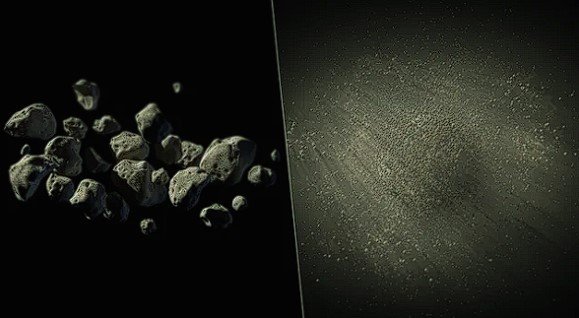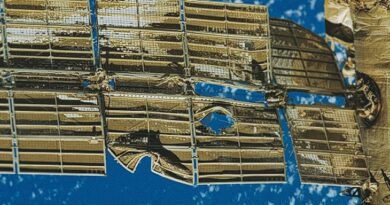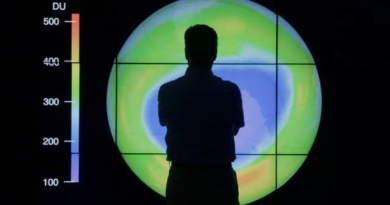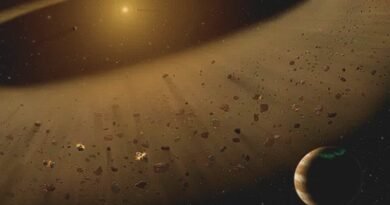Earth has extra moons, Unlocking Secrets of Our Solar System’s Past

The discovery of additional moons orbiting Earth and the potential they hold for unraveling mysteries about the past of our solar system.
Exploring the secrets of Earth’s nearest cosmic companions, known as ‘minimoons’ or ‘quasi-moons’, holds the key to unraveling the mysteries of our early solar system. These small celestial bodies, influenced by both Earth’s gravitational pull and other solar system entities, offer a unique opportunity for scientific discovery.
Richard Binzel, a planetary sciences professor at the Massachusetts Institute of Technology, suggests that minimoons have likely experienced a dynamic journey within the inner solar system, influenced by gravitational interactions with various planets before settling into stable orbits near Earth.
The proximity of minimoons to Earth presents advantages for scientific exploration compared to more distant asteroids like Bennu. These miniature moons are believed to have originated from the main asteroid belt between Mars and Jupiter, making them valuable sources of information about the early solar system’s conditions.
Paul Abell, NASA’s chief scientist for small body exploration, likens near-Earth asteroids, including minimoons, to time capsules offering insights into the early solar system’s composition and environment. Samples retrieved from these celestial bodies, such as those obtained from the asteroid Ryugu by the Japan Aerospace Exploration Agency (JAXA) in 2019, contain stardust predating our solar system and essential prebiotic organic compounds.
Sampling minimoons could address significant challenges in current asteroid research. While meteorite fragments provide valuable data, they are often contaminated upon impact with Earth’s atmosphere, complicating analysis. Direct sample return missions, such as NASA’s successful OSIRIS-REx mission, offer pristine samples crucial for studying volatile materials like organic molecules and water.
Following the triumphant return of Bennu samples in September, OSIRIS-REx is poised to explore the asteroid Apophis in 2029, providing further insights into our solar system’s mysteries. Dante Lauretta, OSIRIS-REx’s principal investigator, highlights the significance of Bennu’s carbon-rich material and water-bearing minerals, pointing to promising avenues for future exploration.
The success of the OSIRIS-REx mission has sparked enthusiasm among scientists planning future near-Earth exploration missions, with minimoons emerging as potential destinations ripe for investigation.








